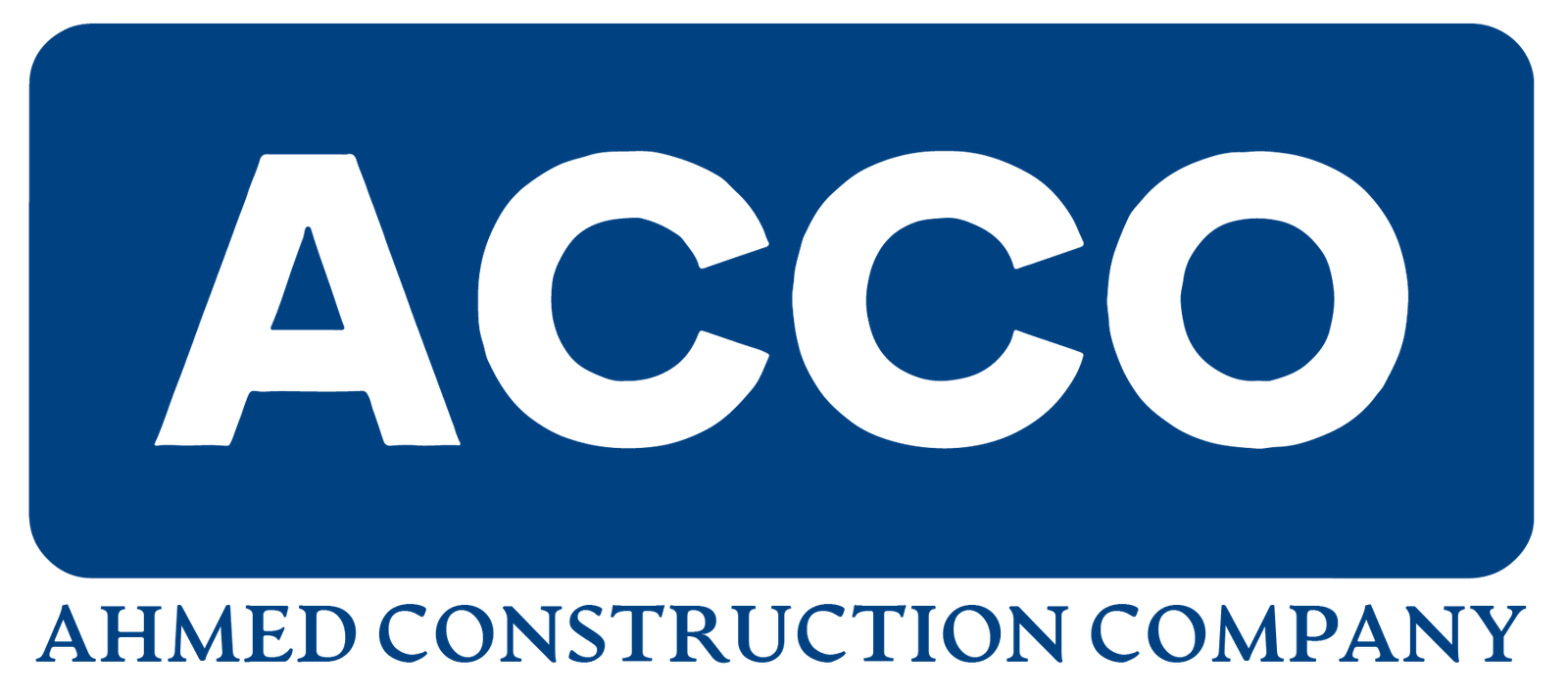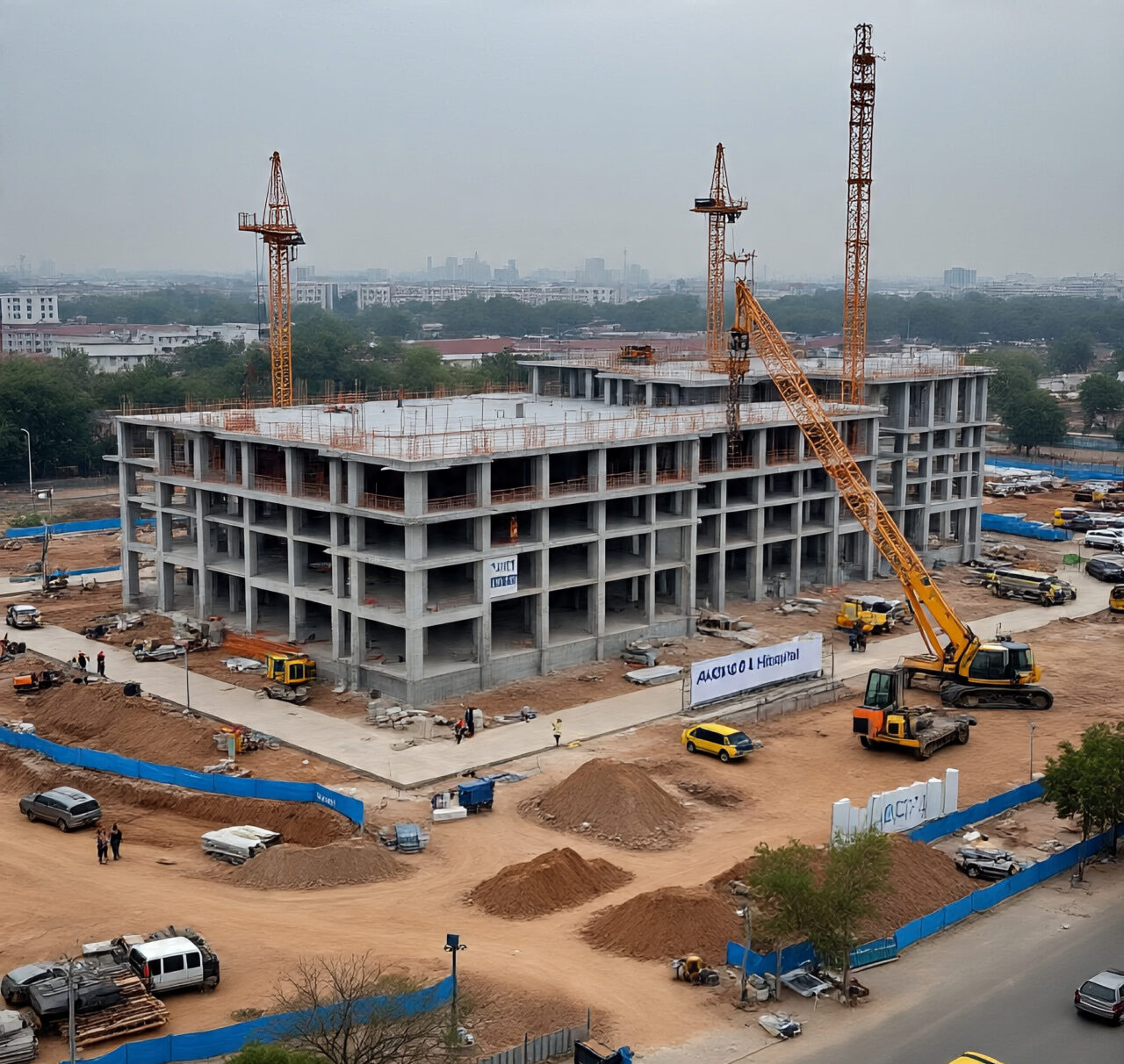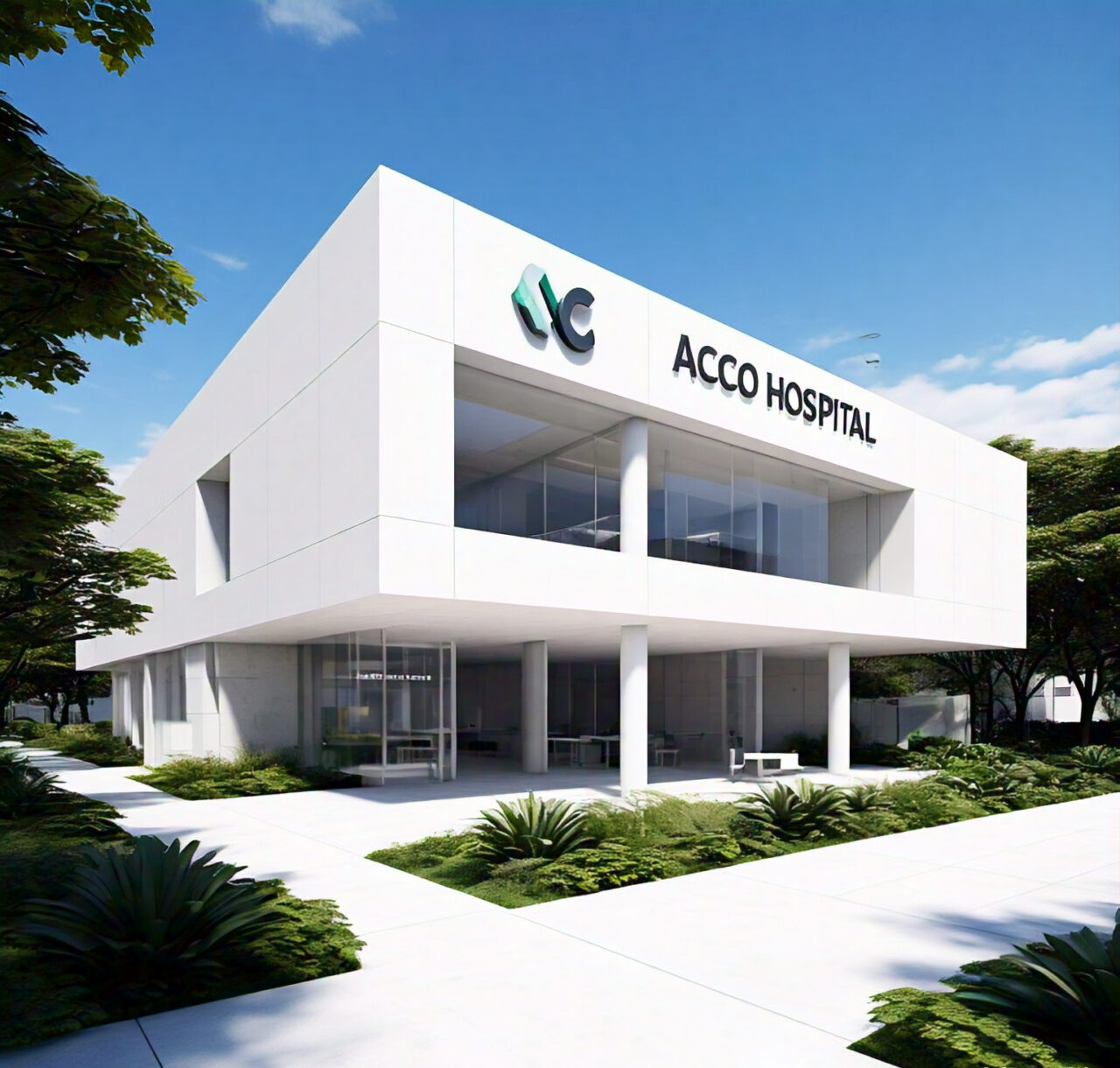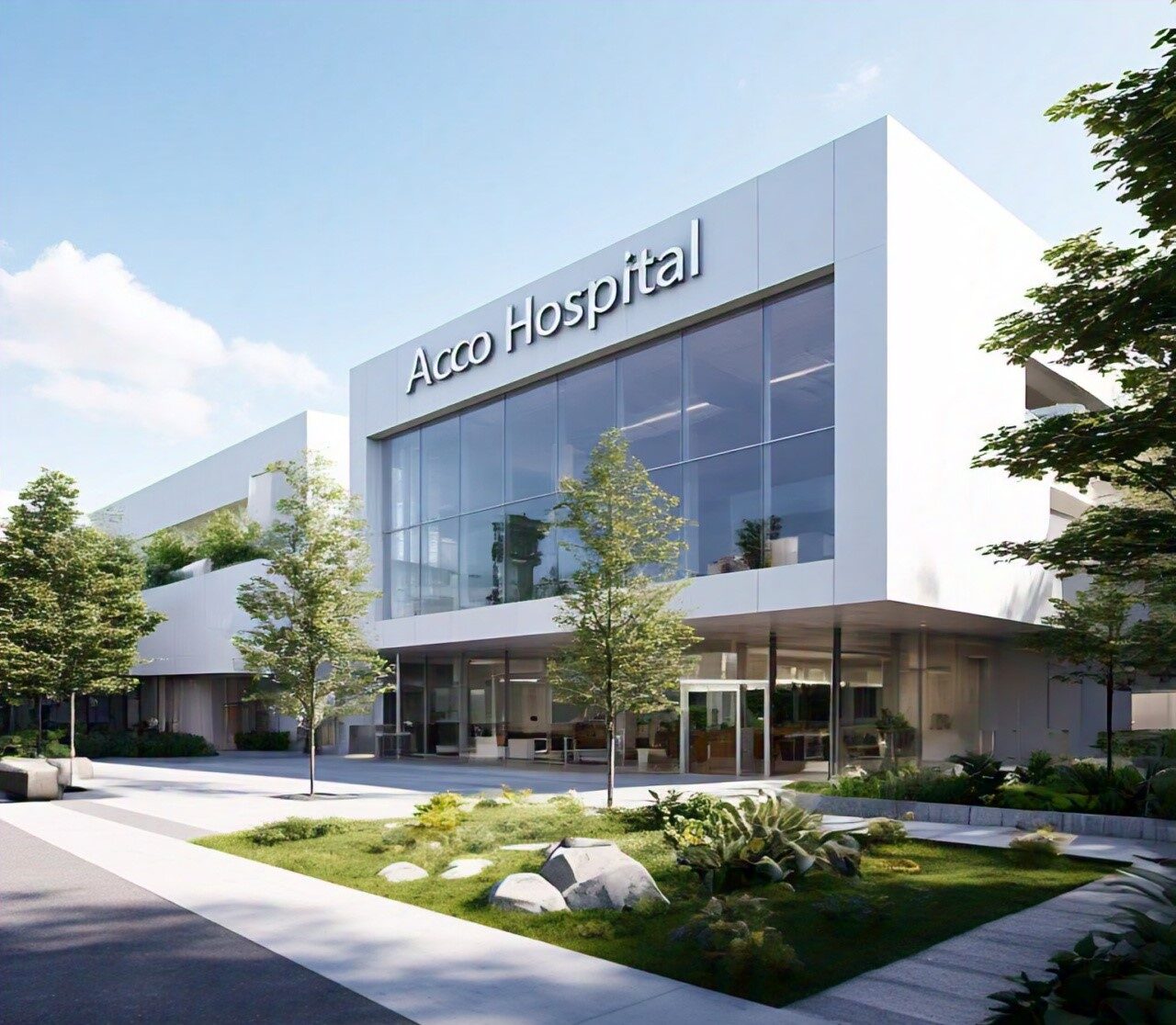
Latest Hospital Building Construction & Renovation
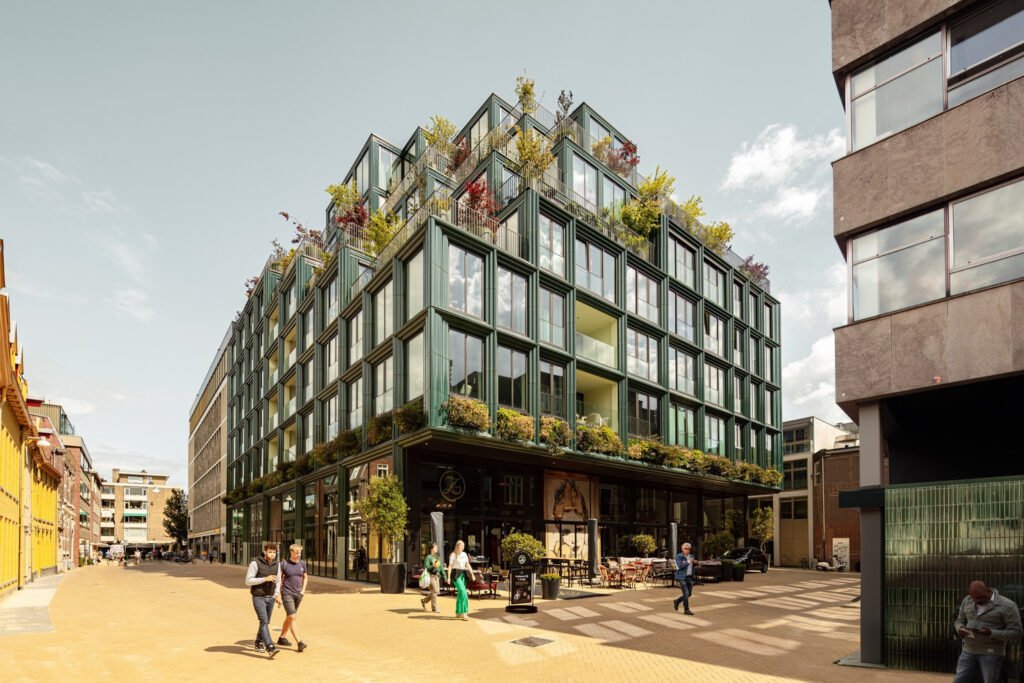
Outline
I. Introduction
- Overview of ACCO
- Importance of hospital construction and renovation
II. Trends in Hospital Construction
- Modern designs and technology
- Sustainable practices
III. ACCO’s Approach to Hospital Building
- Innovative strategies
- Client satisfaction
IV. Renovation Projects by ACCO
- Examples of successful renovations
- Before-and-after comparisons
V. Challenges and Solutions
- Overcoming obstacles in construction
- Adaptive strategies
VI. Future Prospects in Hospital Construction
- Emerging trends
- ACCO’s role in shaping the future
VII. Conclusion
- Recap of ACCO’s contributions
- Looking ahead
ACCO Latest Hospital Building Construction & Renovation
I. Introduction
In the realm of healthcare infrastructure, ACCO stands out as a beacon of excellence. With a commitment to quality and innovation, ACCO has been at the forefront of hospital building and renovation projects. The importance of such endeavors cannot be overstated, as they directly impact the quality of patient care and the efficiency of healthcare delivery systems.
II. Trends in Hospital Construction
Modern Designs and Technology
ACCO integrates cutting-edge designs and technology into their hospital construction projects. From state-of-the-art operating rooms to patient-centric facilities, their buildings are tailored to meet the evolving needs of healthcare providers and patients alike.
Sustainable Practices
In line with global efforts towards sustainability, ACCO prioritizes eco-friendly practices in their construction projects. Utilizing energy-efficient materials and incorporating green spaces into their designs, they contribute to both environmental preservation and cost savings for healthcare facilities.
III. ACCO’s Approach to Hospital Building
Innovative Strategies
ACCO’s approach to hospital building is characterized by innovation and adaptability. They leverage advanced construction techniques and collaborate closely with clients to ensure that each project meets their unique requirements and exceeds expectations.
Client Satisfaction
Central to ACCO’s philosophy is a dedication to client satisfaction. They prioritize open communication, transparency, and flexibility throughout the construction process, resulting in successful outcomes and long-term partnerships.
IV. Renovation Projects by ACCO
Examples of Successful Renovations
ACCO has a proven track record of revitalizing existing healthcare infrastructure through strategic renovation projects. By modernizing outdated facilities and optimizing spatial layouts, they enhance operational efficiency and improve the overall patient experience.
Before-and-After Comparisons
Through before-and-after comparisons, the impact of ACCO’s renovation projects becomes evident. From revitalized interiors to enhanced functionality, their renovations breathe new life into aging healthcare facilities, ultimately benefiting patients, staff, and communities.
V. Challenges and Solutions
Overcoming Obstacles in Construction
Construction projects, especially in the healthcare sector, are not without challenges. ACCO tackles issues such as budget constraints, regulatory compliance, and tight timelines with proactive problem-solving and effective project management.
Adaptive Strategies
In a dynamic industry landscape, ACCO embraces adaptive strategies to navigate uncertainties and mitigate risks. By staying abreast of industry trends and leveraging their expertise, they ensure that their projects remain resilient and responsive to evolving needs.
VI. Future Prospects in Hospital Construction
Emerging Trends
Looking ahead, ACCO anticipates several emerging trends in hospital construction, including the integration of telemedicine technology, the rise of modular construction methods, and a renewed focus on resilience and disaster preparedness.
ACCO’s Role in Shaping the Future
As pioneers in the field, ACCO is well-positioned to shape the future of hospital construction. Through continued innovation, collaboration, and a commitment to excellence, they aim to set new benchmarks for quality and sustainability in healthcare infrastructure.
VII. Conclusion
In conclusion, ACCO’s latest hospital building and renovation projects underscore their leadership in the healthcare construction industry. By embracing modern designs, sustainable practices, and innovative strategies, they not only meet the needs of today but also pave the way for a healthier and more resilient future.
FAQs
1. How long does it typically take for ACCO to complete a hospital construction project?
- The timeline for ACCO’s hospital construction projects varies depending on factors such as the size and complexity of the facility. However, they prioritize efficiency without compromising quality, aiming to deliver projects within agreed-upon timelines.
2. What sets ACCO apart from other construction companies in the healthcare sector?
- ACCO distinguishes itself through its commitment to innovation, sustainability, and client satisfaction. They combine cutting-edge designs with eco-friendly practices and prioritize open communication with clients throughout the construction process.
3. Can ACCO handle renovation projects for existing healthcare facilities?
- Absolutely. ACCO has extensive experience in revitalizing aging healthcare infrastructure through strategic renovation projects. They leverage their expertise to modernize facilities, improve functionality, and enhance the overall patient experience.
4. How does ACCO ensure compliance with regulatory requirements during construction projects?
- ACCO has a dedicated team that stays up-to-date with all relevant regulatory requirements in the healthcare sector. They integrate compliance measures into their project plans and work closely with clients to ensure adherence to regulations throughout the construction process.
5. What sustainable practices does ACCO incorporate into their hospital construction projects?
- ACCO prioritizes sustainability in their construction projects by utilizing energy-efficient materials, incorporating green spaces, and implementing eco-friendly design principles. They aim to minimize environmental impact while maximizing long-term cost savings for healthcare facilities.
